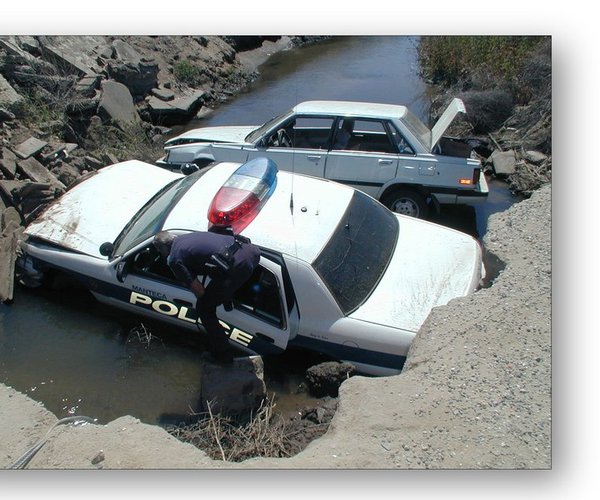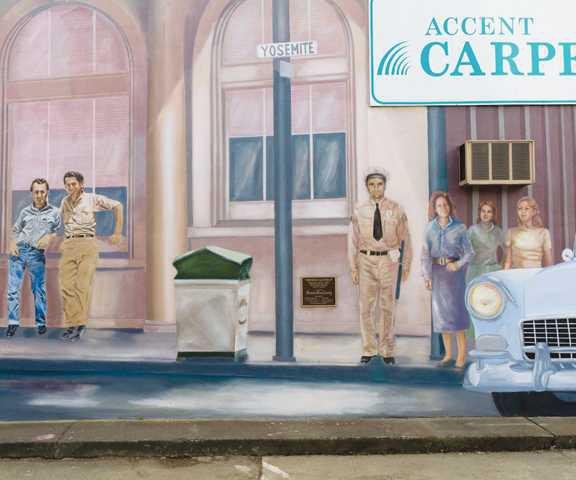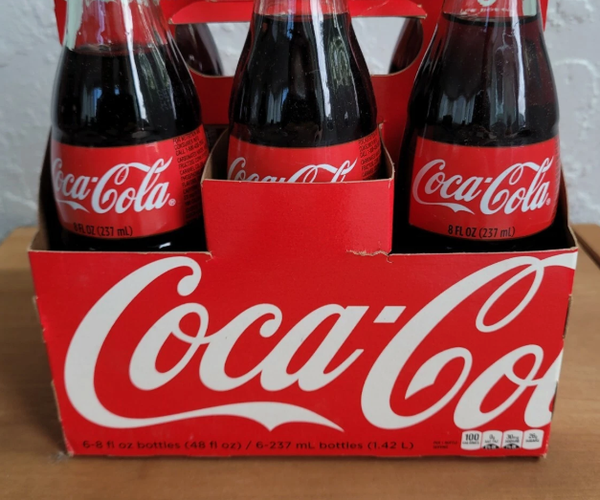Today is Thanksgiving.
It’s the perfect time to reflect on our blessing of being a nation of immigrants just as those who arrived on these shores to start a new life did in 1621 in a place near Plymouth.
They left their homes and headed into the unknown to build a better life for their families, to build communities, and to build a nation
As such, they are no different than hundreds, if not thousands, today that are part of the Manteca and Lathrop communities.
There is a lot right with immigration, especially legal immigration.
Manteca and Lathrop are shining examples of how we collectively as a nation benefit immensely from immigration.
It’s a stance the majority of Manteca and Lathrop residents apparently agree with it.
That can be said with almost 100 percent certainty.
The results of Nov. 5 prove that.
As do local elections in 2022, 2020, and 2018.
This month voters elected Sonny Dhaliwal as the District 3 representative for Manteca and Lathrop on the San Joaquin County Board of Supervisors.
Dhaliwal is an immigrant.
He came to the United States with $20 in his pocket from the Punjabi region of India so he could build a future in a land where those willing to work can pursue dreams they never dared imagine in their native land.
But that is only part of why it is safe to say once you separate illegal entries into this country that are clearly excessive and problematic from the immigration debate, it is clear the United States embraces harnessing the drive of migrants to help power our nation forward.
Currently, the Manteca and Lathrop City Councils each have a mayor and council member that are migrants that have become naturalized citizens.
Dhaliwal will be ending his 12th year as Lathrop’s mayor next month.
He’s being replaced by Paul Akinjo who was elected to take over as Lathrop’s mayor in December.
Not only has Akinjo served on the Lathrop City Council for 12 years, but he is also a migrant.
Akinjo migrated to the United States 30 years ago from Nigeria.
Manteca’s mayor — Gary Singh — immigrated to America as a 3 year-old from Punjabi where his family lived in a mud hut.
Councilman Jose Nuno also migrated as a 3 year-old to the United States.
He did so with his family from near Jalisco in Mexico.
Two-fifths of each duly elected council have first generation Americans.
One hundred percent are here because their families immigrated to the United States.
All were elected on the strength of who they are and not their status as an immigrant whether it is first, second or 10th generation.
And they work hard for both family and community as they pursue the American Dream.
Two —- Akinjo and Nuno — also have served their country in the United States Army Reserve.
And make no mistake about it.
This is their country.
And it is collectively our country,
There are also many of our neighbors who arrived here as undocumented immigrants primarily to toil in farm fields that ultimately got on track to be here legally and eventually become naturalized citizens.
They contribute to society and build lives for their families.
Many worked their way up from from the fields through education and entrepreneurship. Among them is renown neurosurgeon Dr. Alfredo Quinones-Hinojosa of Mayo Clinic and John Hopkins fame who once labored in the fields of San Joaquin County and attended Delta College.
Some stayed in agriculture and climbed the workforce hierarchy and, in more than a few cases, secured their own farms.
Doing so — as any farmer can attest — requires the proverbial blood, sweat and tears.
And that is the crux of the current immigration debate when it comes to illegal entries.
Even undocumented immigrants before the “amnesty” surge had little choice but to scramble once they got into the United States to feed, clothe, and put a roof over their heads and that of any family they brought with them.
The clearest voices on what is wrong with the current situation comes from first generation migrants that entered the United States legally as well as some who didn’t and were able to eventually change their legal status and ultimately become naturalized citizens.
They did not have food, shelter or medical care handed to them on Day One.
They agree that is not the way this thing called America works.
You need to do the work and make the sacrifices once you are here to reap the bounty of freedom.
It was no different than those back in 1621 who clearly were invading another land from the perspective of the indigenous people who populated what we today call the United States of America.
The run amok amnesty program has taken what for years had been a problematic federal immigration policy made dysfunctional and then completely out of control.
There are two schools of extreme thought that have been dictating the reckless out-of-control course of our immigration policy debate.
On one extreme are those that want to end all migration.
On the other extreme are those that want to throw the doors wide open and let everyone in regardless of who they are and the detrimental impacts on the nation.
Both views are blinded by self-righteousness anchored in warped views of what makes and defines a nation.
Most Americans likely fall at various points on the spectrum between those two extremes.
It is why there are many communities in this nation that are no different than Manteca and Lathrop.
On this day that basically celebrating America’s storied history of community devoid of class or caste in the classic sense that once ruled all continents and the chance to build a new world, let’s not forget one thing.
America is a nation of immigrants and the descendants of immigrants to a degree unparalleled in the annals of mankind.
And it is in our best collective interest to make sure it continues to be so by not allowing extremists on both sides to capsize the ship — or ark, if you will — we call the United States of America.
This column is the opinion of editor, Dennis Wyatt, and does not necessarily represent the opinions of The Bulletin or 209 Multimedia. He can be reached at dwyatt@mantecabulletin.com






